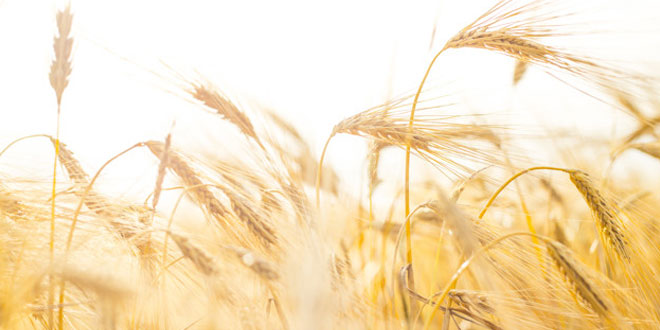Question: Define – tertiary activities, sericulture, viticulture and arable for its development?
Answer:
- Tertiary activities: It includes all types of services which support the primary and secondary activities. The main tertiary activities are transport, trad, education, banking, insurance and advertising.
- Sericulture: The commercial rearing of silk worms in order to obtain silk is called sericulture.
- Viticulture: The cultivation of grapevine for the production of grapes is called viticulture.
- Arable land: The land on which crops are grown is known as arable land.
Question: What is dairy farming? What are the factors favorable for its development?
Answer: Dairy farming has developed to meet the needs of industrial cities. Its growth and development has its root in Europe, where the climate is suitable for natural pastures. Cattle are reared for milk near big cities to meet the needs of people working in factories. Dairy farms need a large labour force to look after the cattle. At present, machines are widely used for milking, feeding and cleaning the cattle. Huge capital investments are needed.
Question: Discuss in detail the various factors which influence agriculture?
Answer:
- Relief: The land on which crops are grown is known as arable land. The low lands such as river basins, flood plains and deltas are more suitable for the growth and development of agriculture than the highlands. In the hilly areas, soil erosion is rapid. Moreover, farm machinery cannot be used and the means of transport are limited.
- Soil: The soil not only supports the plant, but also acts as a medium to supply moisture and nutrients to the plant. Porous soil is soft and cannot be tilled easily. Clayey soil has high moisture retentive capacity. Alluvial soil is more fertile.
- Economic Factors: The economic factors include the availability of farm inputs, adequate and cheap laboure, transport facilities, markets and loans for the farmers. The main farm inputs are seeds, fertilizers, machinery and labour.
- Climate: Hot and humid climate favour agriculture. Thus, cultivation is possible almost throughout the year in the equatorial and tropical regions. In the winter season and in the cold regions, the temperature is too low for plant growth.
 Class Notes NCERT Solutions for CBSE Students
Class Notes NCERT Solutions for CBSE Students


